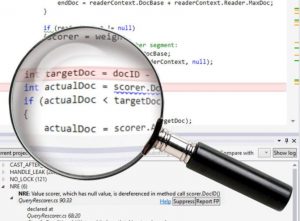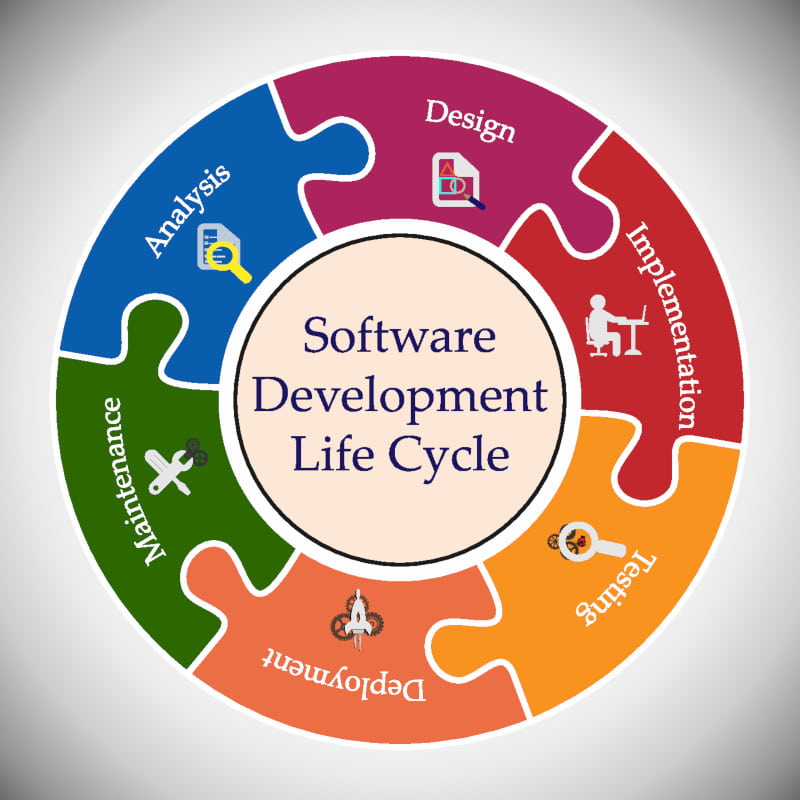9 Clever Steps to Building a Secure Software Development Life Cycle
If you are a software developer, you perform one of the most demanding tasks of our time. With the growing threat landscape, security is a continuous concern for you.
But you can meet security requirements through your software development cycle. You can use a series of security activities throughout your SDLC to make it secure.
Part 1: 5 Steps To Get Started & Learning the Basics of SDLC
Customers expect secure software, so security should be top of mind for your organization. Without this standard approach, it’s hard to deliver to your customer’s expectations. Now that you’ve got an overview of what an SDLC is and it’s importance, the first thing you need to do is master the security basics.
#1 Perform a security audit during the development process
Security issues in the software development life cycle (SDLC) are ever-evolving. This demands more thought in the security controls that keep hackers out.
It is important to perform security testing to check the vulnerability of your product to attacks. Build clear security practices and tools throughout the development lifecycle from the beginning. Think about common vulnerabilities that need attention and prepare for them. State clear functional requirements for development teams.
#2 Educate your team about coding practices and frameworks
Educate your software development team on security awareness by providing secure coding training. Inform them about cybersecurity threats and risk impact to get them ready. Let the team know what kind of security frameworks are available to them.
Provide a list of security requirements your product should follow. Address security-related concerns during the development process to secure SDLC.

#3 Conduct architecture risk analysis at the start
Now you are in a position to decide on your architecture and design. Pay a lot of attention to your risk assessment and review your functional feature design as you do this. Use threat modelling to identify and manage threats early in the SDLC. Think like a hacker so that you can discover security vulnerabilities. Protect specific critical processes or focus on making the whole system design secure.
#4 Secure planning and building for test cases
Develop source code for your entire application. Perform code review to maintain secure coding standards and test the functionality. Prepare for penetration testing. Use an external party who is not part of your development team. Let the external party simulate attacks against your application. Discover coding or system configuration flaws and vulnerabilities a real hacker would exploit.
#5 Use code scanning tools
Use static analysis tools to locate weaknesses in the application without running it.
Use dynamic analysis tools to find infrastructure flaws and patch errors.
Inject malicious input against an application to gauge its reaction.

We build custom software with modern solutions in mind for any business and sizes!
We build custom software with modern solutions in mind for any business and sizes!
Part 2: Getting Past the Basics of SDLC
After mastering the basic SDLC protocols, it’s about time to get past the easy stuff by collaborating with your team to minimise loopholes during the development process. Here’s how to accomplish this.
#6 Keep an eye on open source security
While you may desire to be the author, if all the code you use in that scenario may be too ideal.
You may find yourself using some open source components in your application. While it may be difficult to integrate security while using them, it is not impossible.

Often, when they malfunction, the problem may appear in a different part of your code. Keep track of all open source components used. Then you can test it when things go wrong. Find newer versions to upgrade it. Switch it out for fresh components if it becomes obsolete.
#7 Perform a gap analysis
A gap analysis may be the best way to verify application security. It allows you to measure how well your system is doing based on your expectations. If it’s not, you can know what part of your SDLC to revisit to make necessary changes.
#8 Create a Software Security Initiative (SSI)
An SSI is a procedure that helps you plan available resources for risks. You should create consistency in security-related activities throughout your software development lifecycle.
An SSI ensures a shared definition of terms and understanding of roles for your team. It gives you a set of procedures and rules to guide you through SDLC. It can show how much to spend to ensure application security. It can gauge the number of critical applications that need to undergo testing.

#9 Formalize a process for security activities within SSI
Check how your SSI is doing against your goals as an organization. Compare it with SSIs that other organizations in the same industry as yours use. Do the research and use real data to push your SSI.
The SDLC process is tough. As an organization, you can use off-the-shelf secure SDLC models such as NIST 800-64. But building your own secure SDLC is better. It will be harder for an SDLC you have built yourself to become obsolete. Build your software development life cycle with SDLC experts like Laneways Software & Digital. They are capable of walking with you through the process, from planning to final testing.
What is Secure Software Development Life Cycle
A Secure Software Development Cycle is a framework for building an application. For your development life cycle SDLC use, best practices focused on security assurance.
Your standard SDLC focuses on 5 phases: planning, system analysis & requirements, building, implementation, and operations maintenance.
Secure SDLC has 6 phases aimed at building security throughout your SDLC process.
- Planning & requirements
- Architecture and design
- Test planning
- Coding
- Testing the code
- Results release and maintenance

Why securing SDLC is important?
- Your software is secure through every phase of the SDLC, as security is a continuous concern.
- You detect design flaws in the coding before execution.
- You reduce costs due to the early detection and resolution of defects at each design phase.
- You reduce intrinsic business risks for your organization.
- All stakeholders are aware of security considerations throughout the development lifecycle.
Secure SDLC is achievable for you and your organization even though it may seem daunting.
Start the development life cycle of SDLC as soon as possible. As an organization, determine ways to make your software development process secure. Invest in secure SDLC and watch the odds turn in your favour.
Jerome Rault
Partner with a software development team one that's passionate about creating success
With the broadness of the internet, and it’s continuous expansions across different platforms it is hard to leave a mark that lasts. With digital marketing services, easily make a mark of your own that pulls customers in from different parts of the internet.
